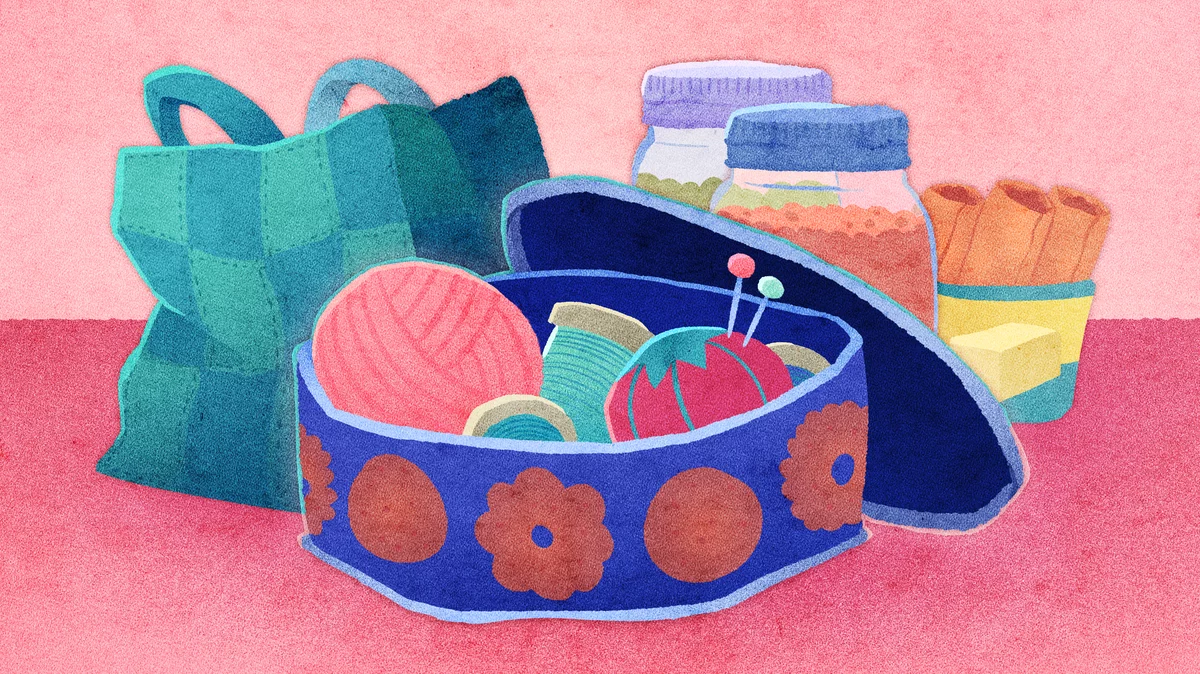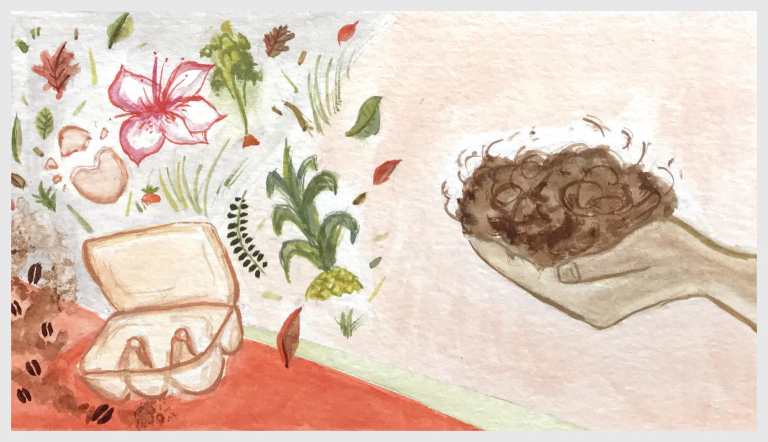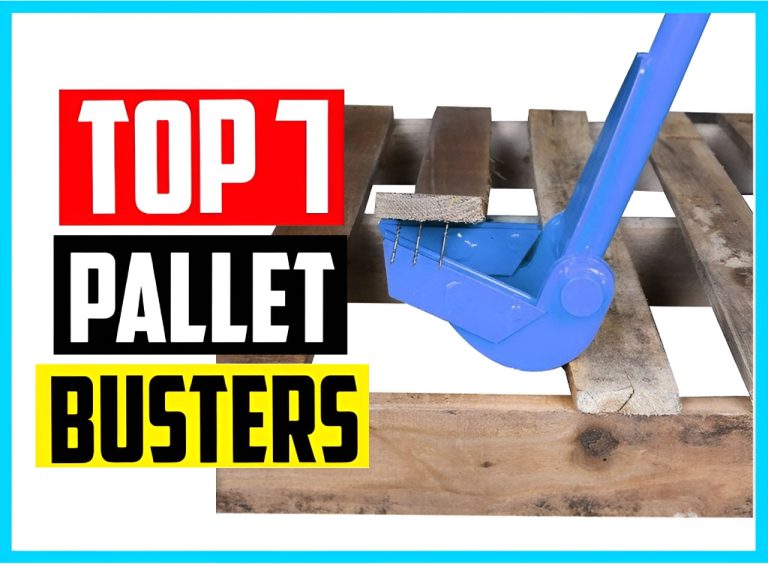Cut Down Household Waste With 5 Creative Solutions
The average American generates five pounds of trash per day, according to the U.S. Environmental Protection Agency. Some of it gets recycled but most of it ends up in landfills, which can contaminate soil and water and generate harmful greenhouse gasses, contributing to environmental degradation and climate change.
Here are a few simple ways you can reduce your trash output.
1. Do a trash audit
Take stock of what you’re throwing away by writing a list of the trash you produce. Organize your list by the rooms in your house or by activity. You might write “dirty diapers, used wipes and paper towels” under “nursery.” Or “food waste, plastic containers and metal cans” under “cooking.”
This audit will help you grasp the extent of the trash you’re creating and identify the manageable ways you can start to reduce it.
For example, if you find yourself throwing out a lot of food scraps, consider composting. If you notice you have a lot of plastic bags piling up under your sink, start bringing reusable tote bags to the grocery store — and skip the little bag for fruits and veggies in the produce section. If you throw away a lot of plastic bottles for soap and shampoo, check your city’s recycling standards to see if they can be recycled, or switch to using bar soap and shampoo.
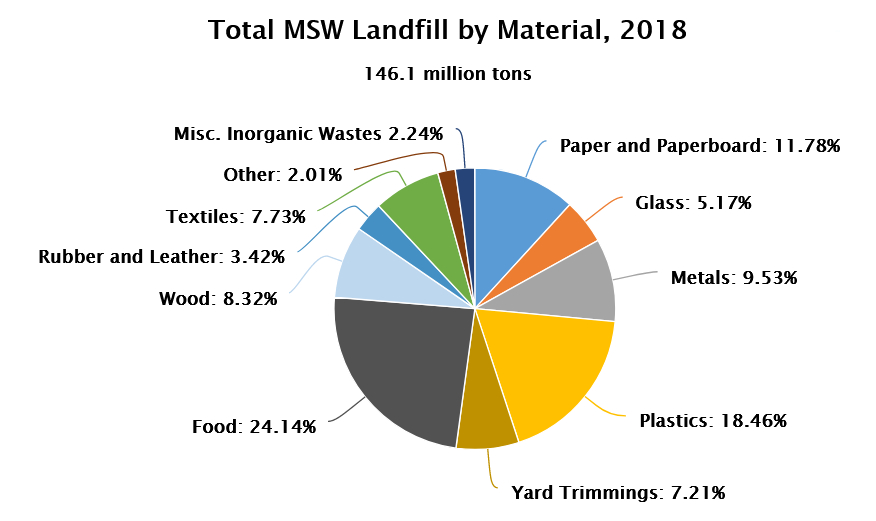
2. Reuse your containers
A lot of low-waste solutions might seem like they require buying special containers like silicone replacements for your Ziploc bags or a matching set of jars to take to the bulk food section of your grocery store.
But you don’t need to spend money on those items. Instead, look at the waste you already produce and figure out a way to reuse it. Maybe you can add a soap dispenser lid to a used Mason jar. Or maybe you can use empty tins, boxes and other food containers to store leftovers or organize small items like nails or jewelry.
If you do want to purchase special containers for your grocery trips, Stasher makes some really nice reusable silicon bags and Zwilling makes some wonderful vacuum storage containers.


3. Salvage what you can
Beyond repurposing food containers, see if there’s anything else in your household you can save before tossing it in the trash. Maybe you can mend an old pair of jeans instead of buying a new pair. Or maybe you can cut up old T-shirts into rags, which are perfect for cleaning up after fixing a bicycle or messy spills — don’t feel bad about getting grease on them!
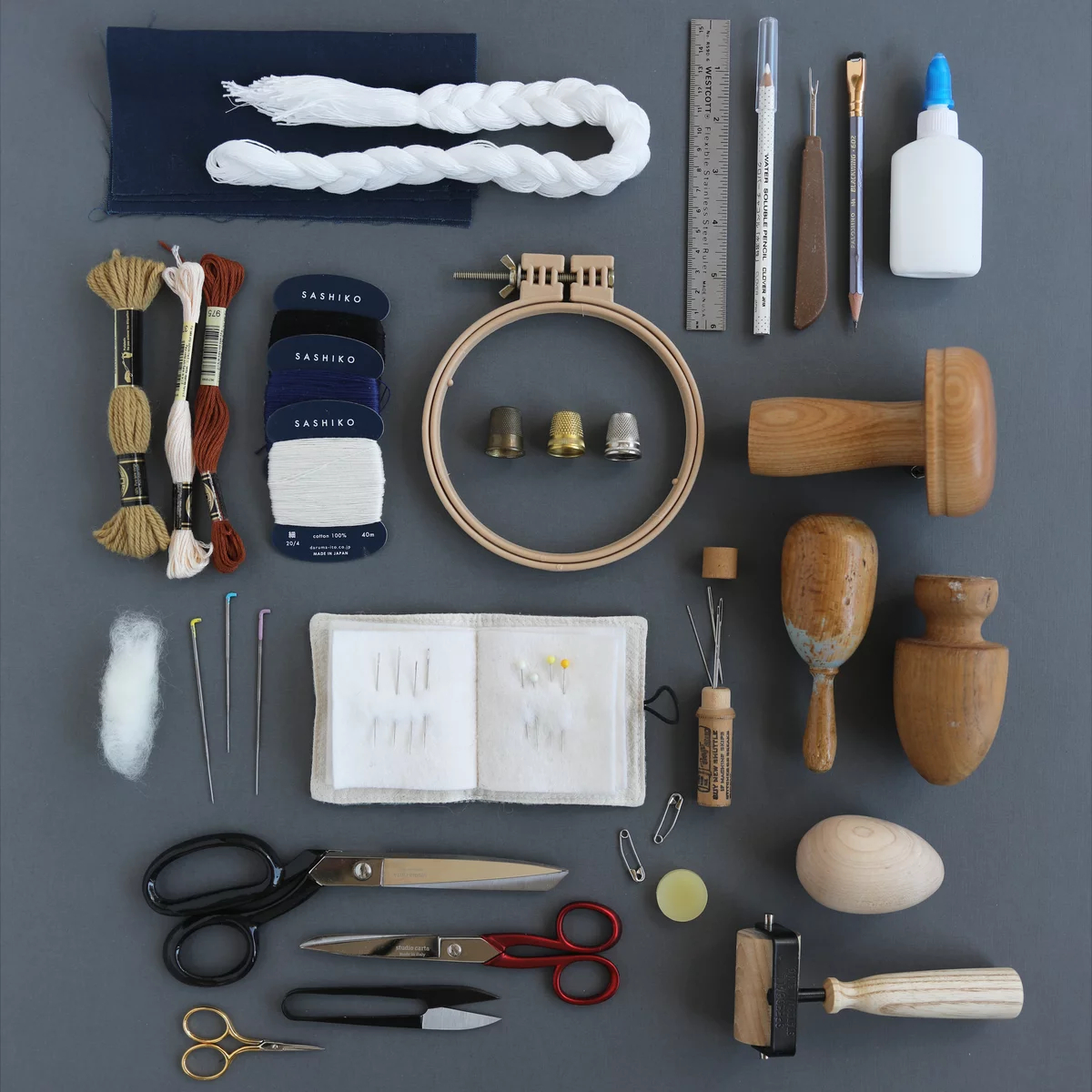
4. Rely less on pre-packaged foods
Often, food comes in wasteful packaging. Mushrooms and tomatoes come in Styrofoam containers covered in shrink wrap, and some beverages come in plastic jugs that may not be easy to recycle. So try to source your food in ways that don’t require you to get it from a package.
That might mean making some of your own food from scratch. Instead of buying oat milk in a non-recyclable container at the store, make it at home by blending oats and water. The oat milk can be stored in a jar, eliminating the packaging waste.
You can also try sourcing your own food by growing a garden or looking for edible plants in your community. Foraging apps and local Facebook groups can help you identify what fruits, vegetables, greens and fungi are available in your area to eat.

5. Look for ways to cut waste outside the home
Once you start noticing how much trash you produce at home, you’ll start to see places to cut down on trash elsewhere. Opt for a digital receipt instead of a paper one. Bring your own reusable fork to a restaurant that uses single-use plastic utensils. Or ask your local barista to fill up your coffee mug instead of a paper cup.
And remember: Lowering the amount of waste you create doesn’t have to be an all-or-nothing pursuit. Find changes that work for you and you’ll be more likely to stick with them.

